Main Street in America: 62 Photos That Show How COVID-19 Changed the Look of Everyday Life
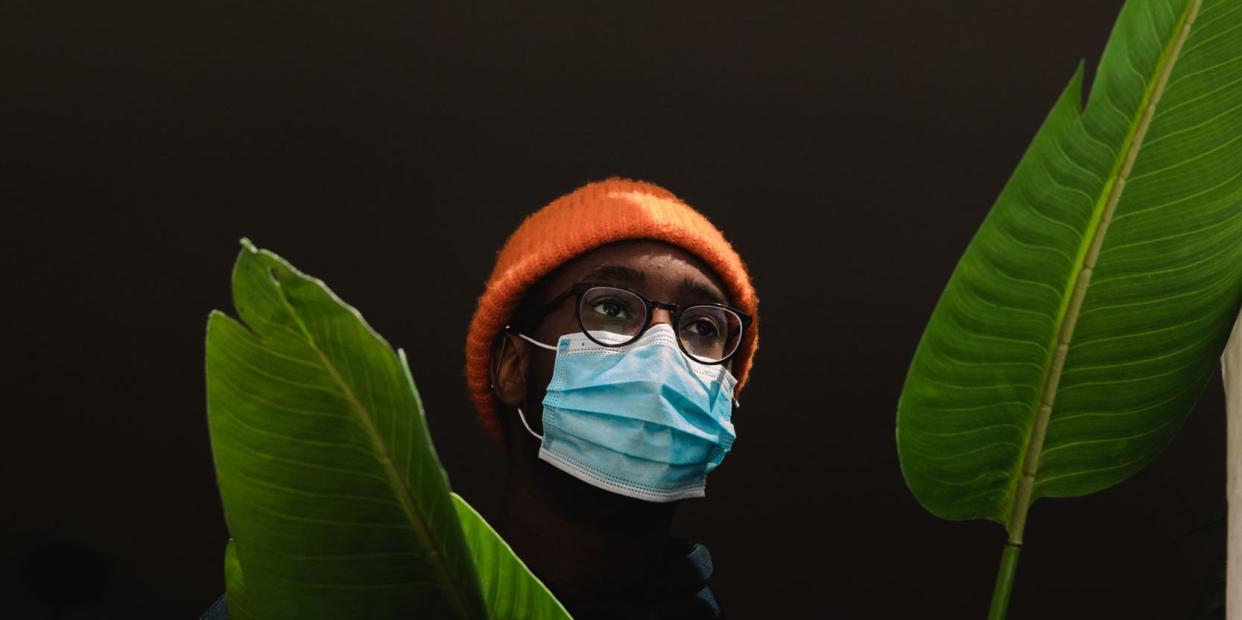
Here is America.
A walk around the block, a trip to the grocery store, a socially distanced meetup in a neighbor’s driveway. The span of our physical world has gotten small these past few months—very freaking small. Yet weirdly, along the way, our everyday surroundings, the spaces and the streets and the buildings we look at all the time but never really see, feel different. The mundane—a woman sitting on a bench, a cyclist, an empty bus—has become extraordinary.
This month, on the verge of the slow and scattershot reopening of the country, Esquire dispatched seventeen photographers to document their very small worlds, and to find out what has changed and what endures.
What did they find? Shuttered storefronts, empty playgrounds, deserted beaches, sure. But also college graduates congregating around a keg, a lone musician keeping the beat alive in the French Quarter, carloads of shoppers filling a mall parking lot, and the neighborhood barber back in his shop, cracking jokes through a mask.
These photos describe a moment: We were stuck in the in-between, and it was confusing, but in it were also moments of beauty. We wanted to chronicle all of it. Because soon enough this will all feel like a crazy dream.
Right?

Madison is both a college town and the state capital. State Street, which extends from the capitol to the University of Wisconsin, is usually jam-packed with people on the weekends. COVID-19 changed all that. Students were sent home to finish their semester online. Restaurants and bars have been closed. No farmers market on Capitol Square on Saturdays. The capitol building itself has been locked for weeks.
Riding my bike around town, I expected a spattering of people, mostly social distancing from others. Some wearing masks, some not. But alas, it turned out that Saturday was graduation day at the university. Though it was held virtually, many students had already rented their caps and gowns. So they were out and about, taking photographs with their families. Very few wore masks. There wasn’t a lot of social distancing.
I can understand their predicament. They’ve been cooped up for weeks. They want to celebrate their special moment. They’ve spent tens of thousands of dollars for their four years of education. Plus, let’s face it: They’re getting mixed messaging on how bad this coronavirus pandemic really is. It does illustrate, though, the challenge we face as a nation as the pandemic continues to sweep across the country and some of us disregard the proper health precautions. People may feel invulnerable, but they’re really not. —P.S.



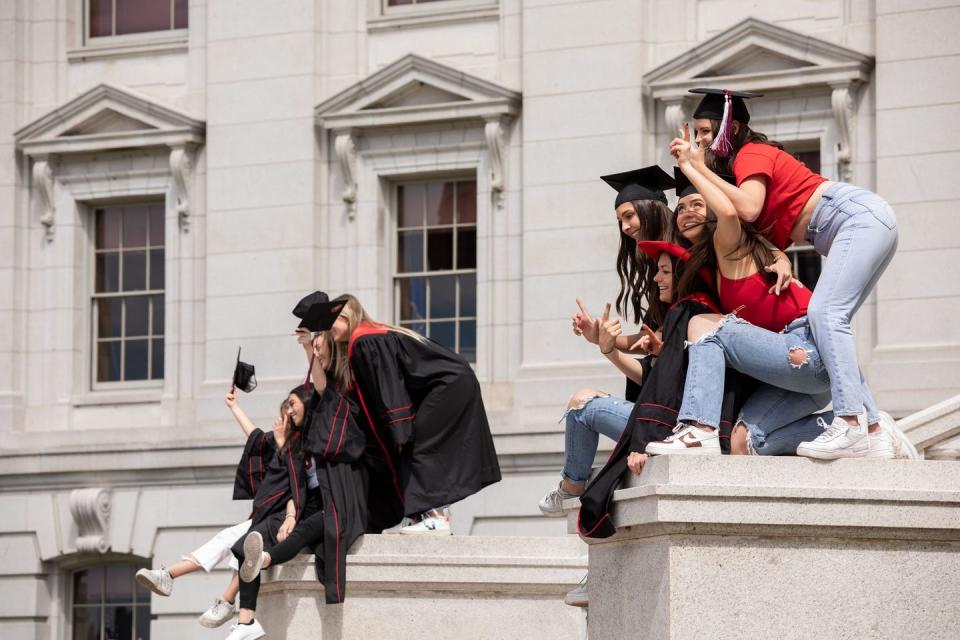

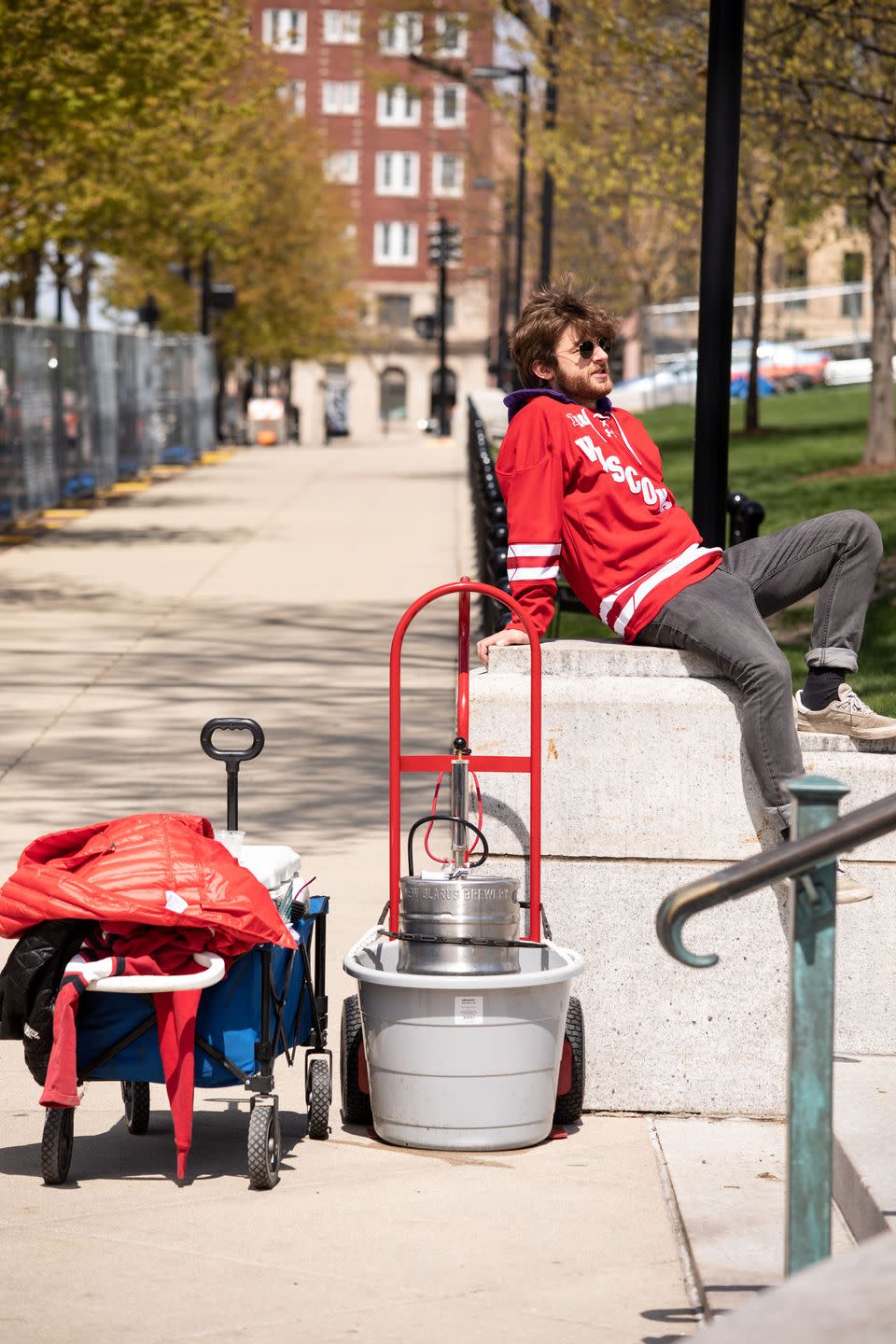


Photojournalist Pete Souza was the chief official White House photographer for President Barack Obama and the official White House photographer for President Ronald Reagan.

I moved to Atlanta seven weeks ago after living in New York City for twenty-five years. Moving from the great metropolis to suburban Buckhead was quite a change. It was always going to be weird, but it feels even more surreal now. Instead of views of the Manhattan skyline, my new apartment overlooks the Lenox Square and Phipps Plaza malls.
The malls reopened on Monday, May 4, after shelter-in-place orders had been lifted in Georgia by the governor. The cars came driving in that day and have continued arriving ever since. Curious to get a glimpse of what the foreseeable future of physical retail might look like, and to see if people were actually shopping or were just bored and in need of a destination day out, I wandered over. —A.H.

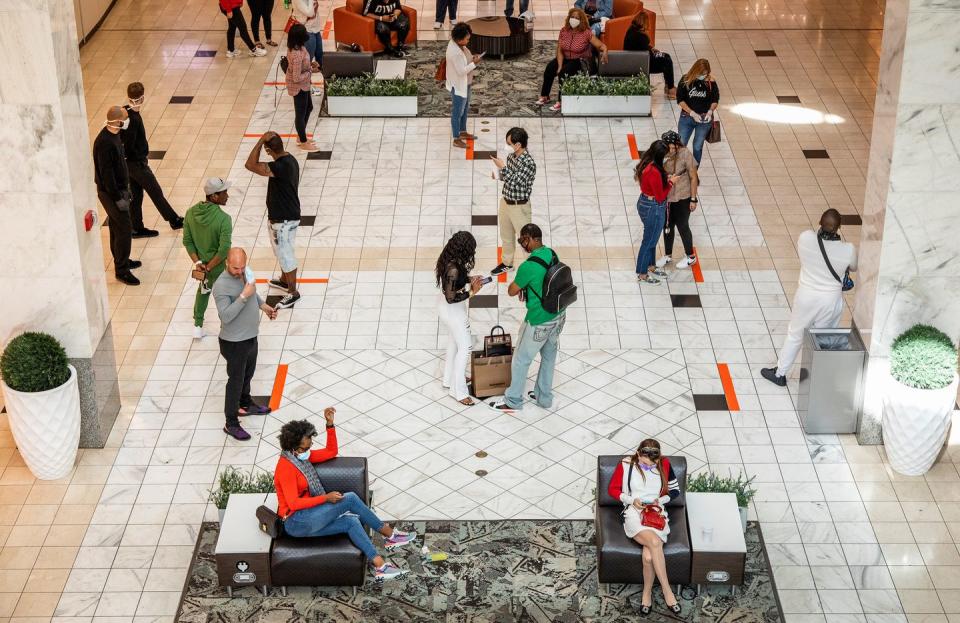
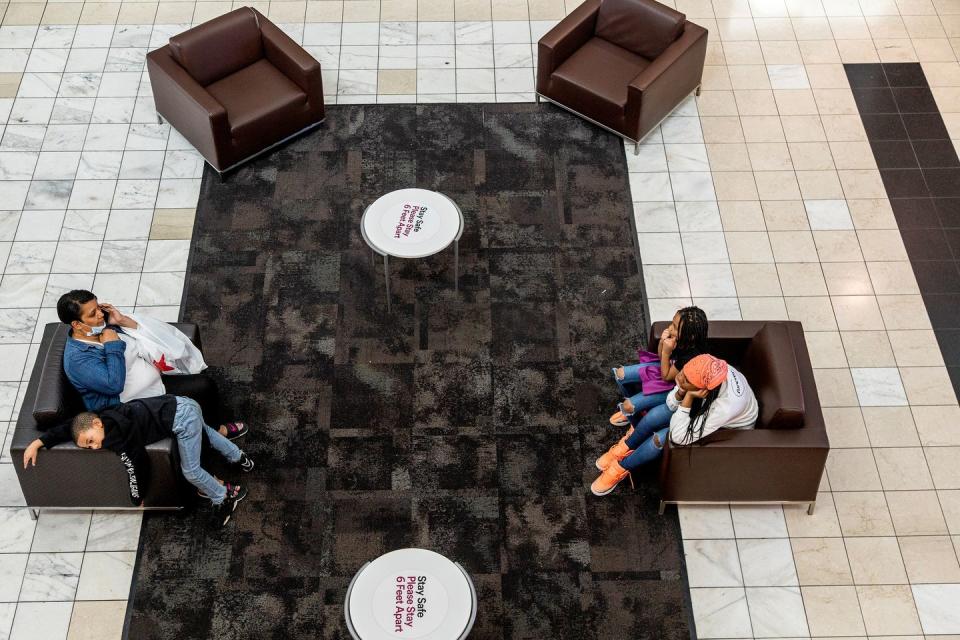


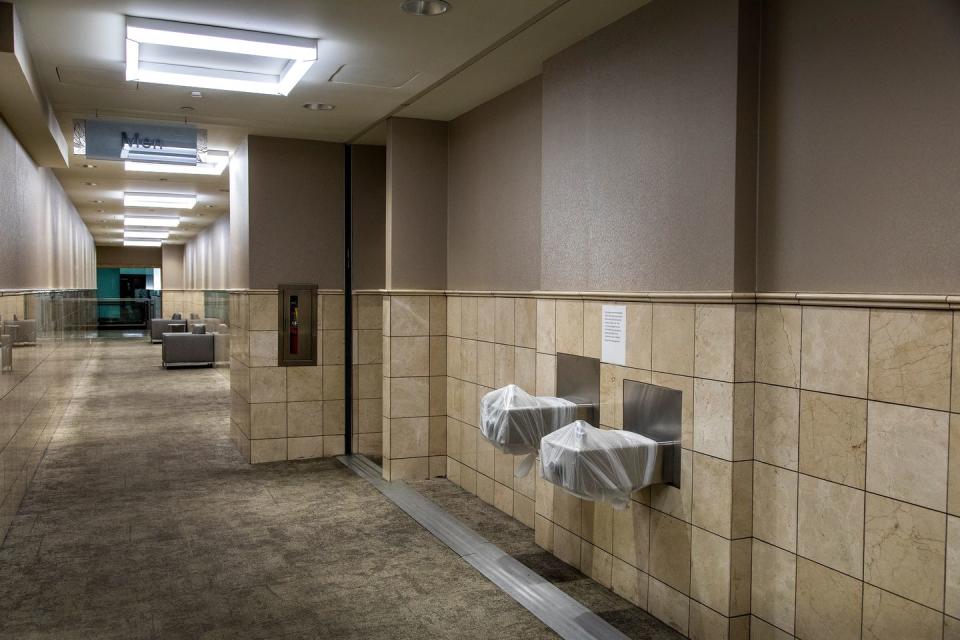
Andrew Hetherington is a photographer and director with over twenty years of experience traveling the world on assignment. Born in Dublin, he now lives in Atlanta.

The French Quarter is never this empty—even if you cleared out all the tourists, this nearly three-hundred-year-old neighborhood is always filled with residents and patrons of its twenty-four-hour bars. Because I shot during the day, the emptiness was more shocking than eerie. But it was also calming. To me, the French Quarter is akin to New York’s Times Square—iconic destinations for tourists often avoided by locals. The Quarter does have romance and charm, but also horror, with its too-often forgotten history of slavery.
I don’t have the privilege, or willful ignorance, to move about life and not consider these things. I don’t allow the history to control my present. So when the shelter-in-place order is lifted, I hope my tucked-away bars—Cane & Table, Manolito, and Jewel of the South—reopen, and I will once again stroll through the French Quarter with a cocktail in hand. —L.K.H.



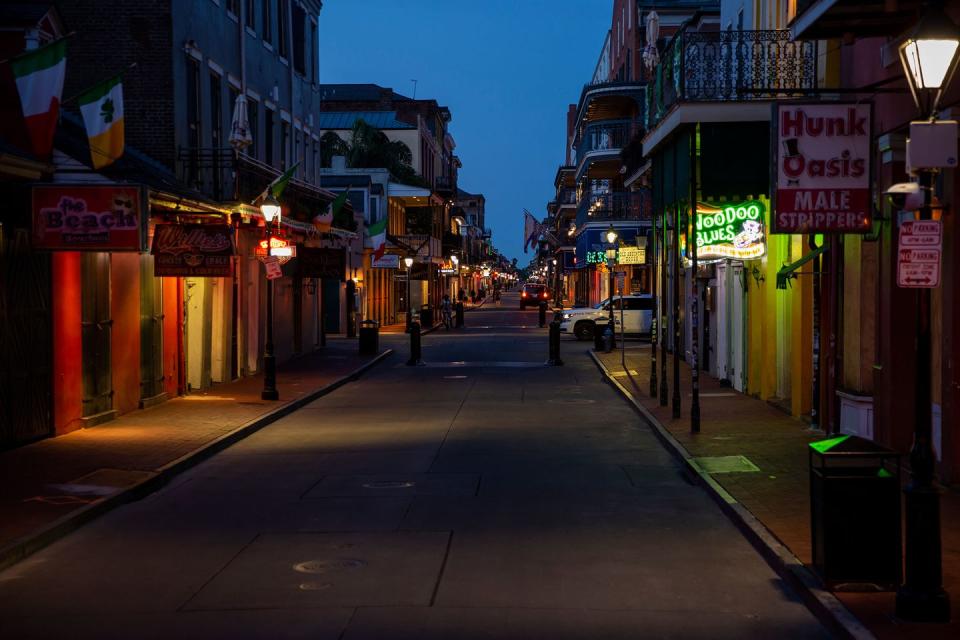
L. Kasimu Harris is a New Orleans–based artist who strives to tell stories of underrepresented communities in New Orleans and beyond.

Downtown Plano is a charming stretch of brick road, lined with storefronts rebuilt after a fire in 1896. On a normal Friday night in the Before Times, you would have to circle in your car a few times before finding a spot a few blocks away. So it was jarring to see so many empty parking spots on a Friday night. We are in an eerie in-between place. The city is reopening, businesses are anxious to get going again, and yet those empty parking spaces show you that customer demand is not quite there yet. —M.K.

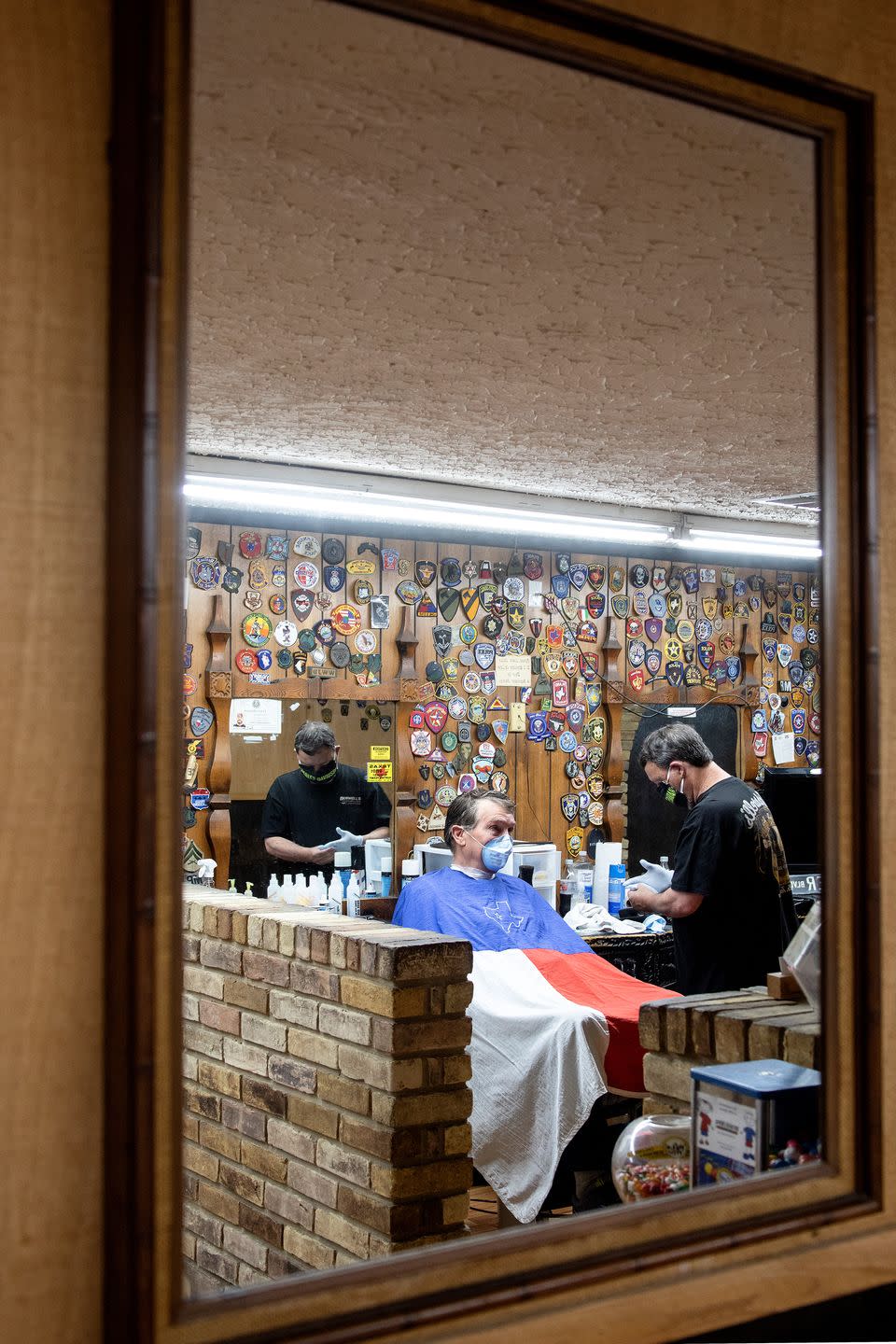
Misty Keasler is a Dallas-based photographer whose work has been exhibited internationally and has appeared in The New York Times Magazine, Harper’s, the London Daily Telegraph, and Texas Monthly, among others.

On Friday, May 8, Juneau became COVID-19-free. The last known case had recovered, and we hadn’t had a new case in twenty-six days. In many ways, it feels like we’ve dodged a bullet here. We have good guidance coming from the state and city governments, and we’re being very cautious. We know that a flare-up will happen if we let our guard down. On Tuesday, May 12, two new cases were reported. —B.H.


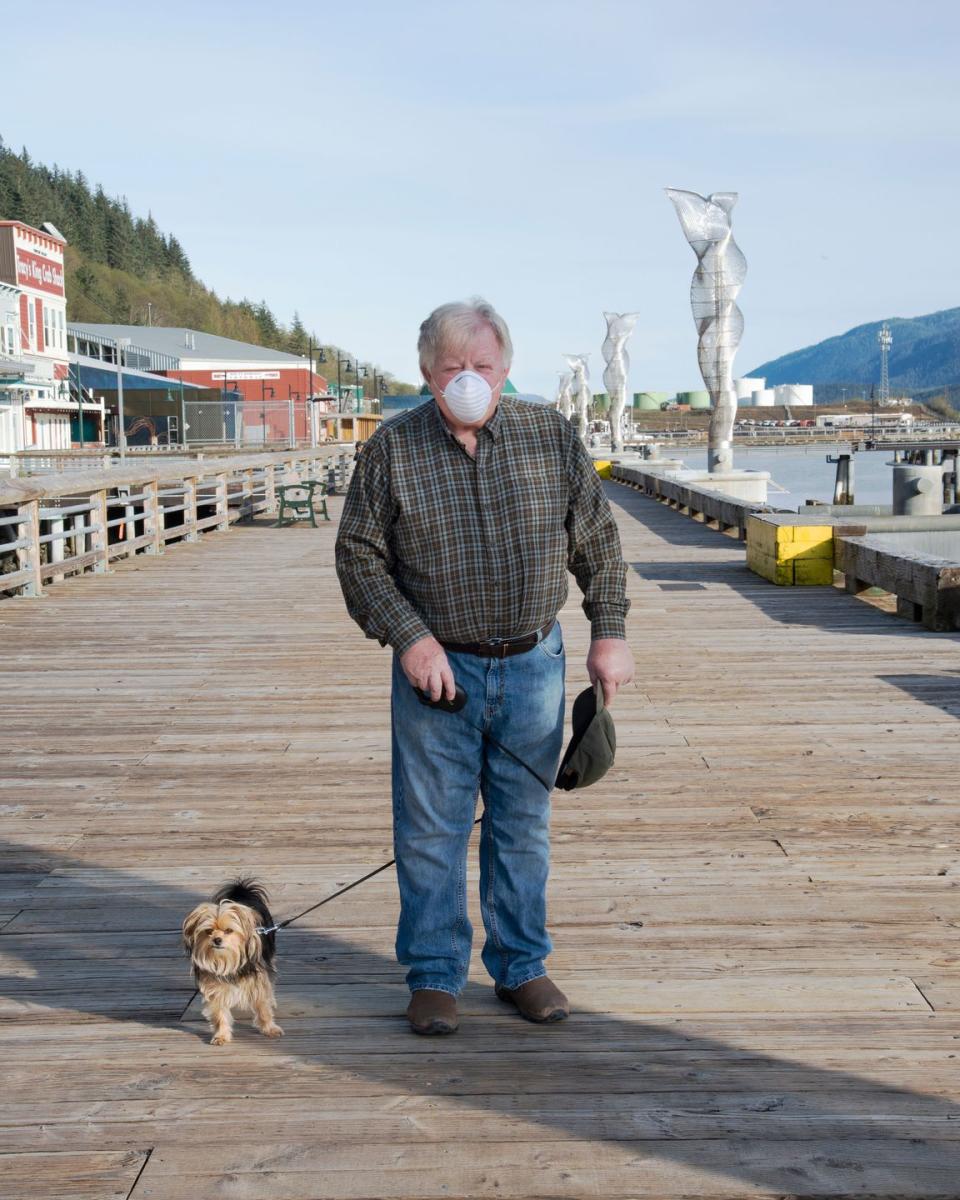

Ben Huff was born in LeClaire, Iowa, migrated to Colorado in his twenties, and moved to Fairbanks, Alaska, in 2005. He currently lives with his wife in Juneau. Huff is the founder of the independent publisher Ice Fog Press.





Damon Casarez is a Los Angeles–based photographer who grew up in the southern California suburb of Diamond Bar. He graduated from Art Center College of Design in 2012 and in 2016 was named as one of PDN’s 30 New and Emerging Photographers to Watch.


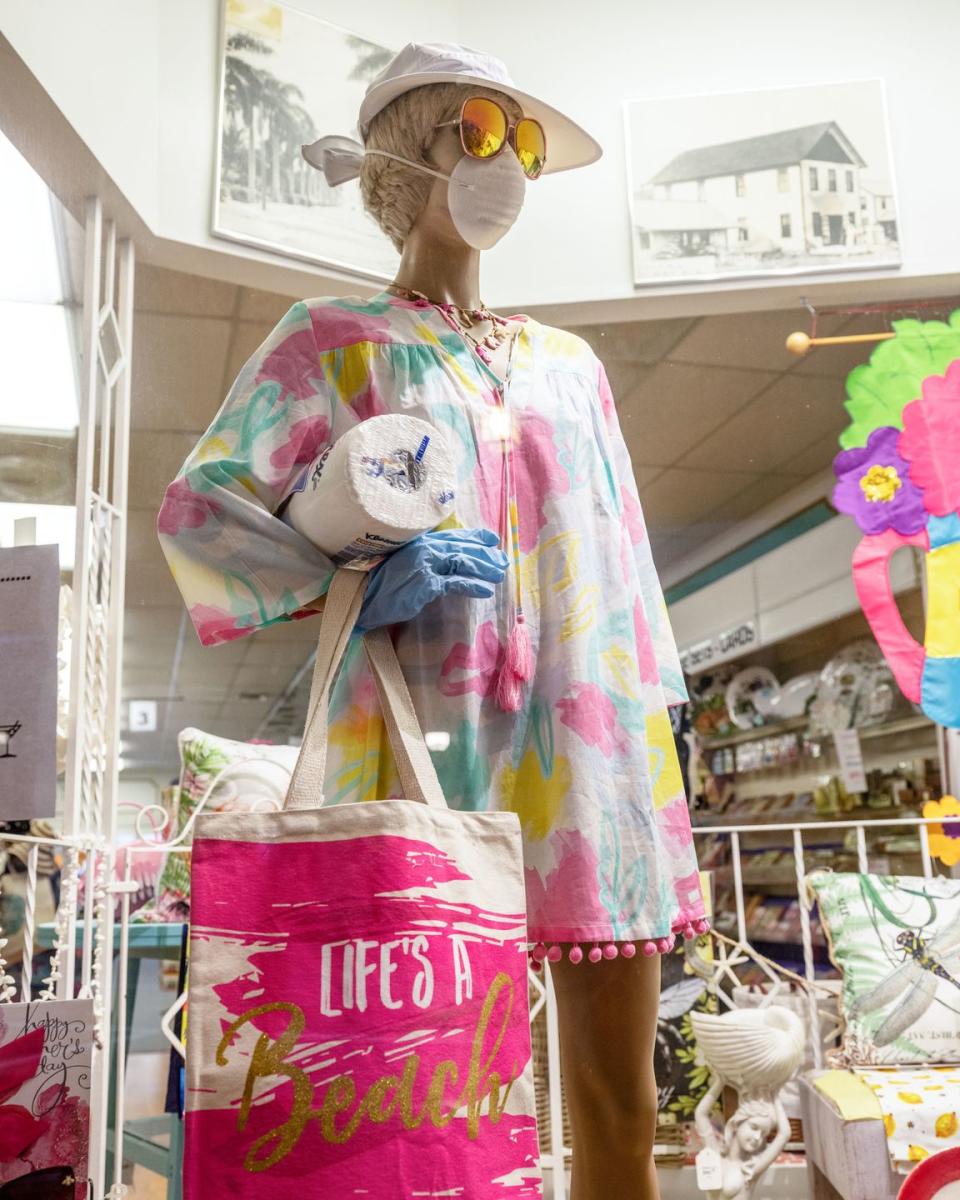

Erika Larsen is a storyteller who works in photography, writing, and video. She is based in Florida.

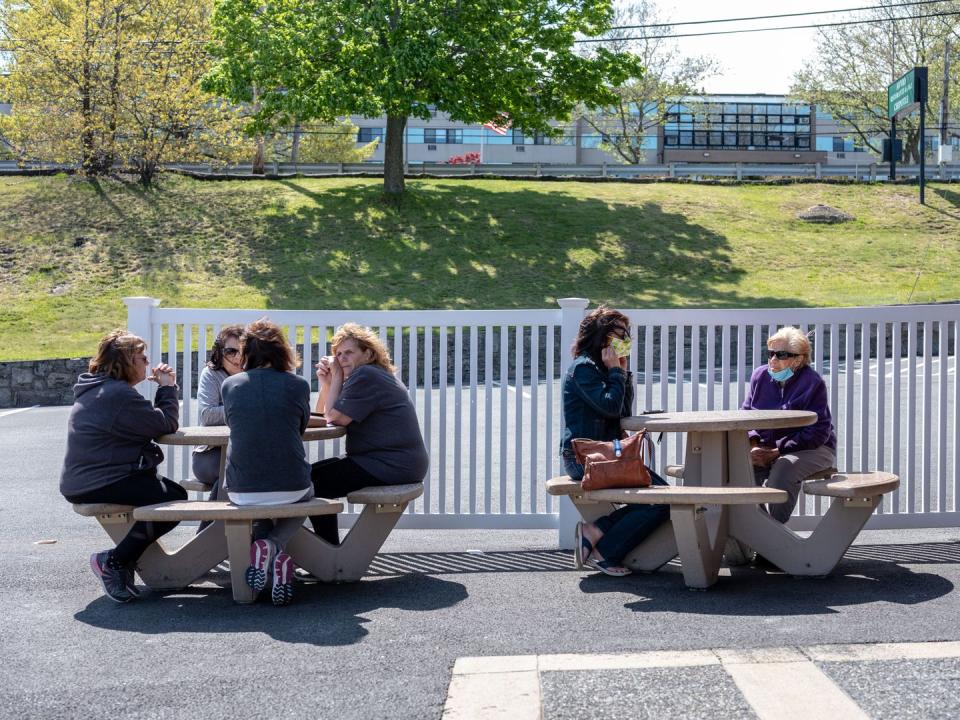

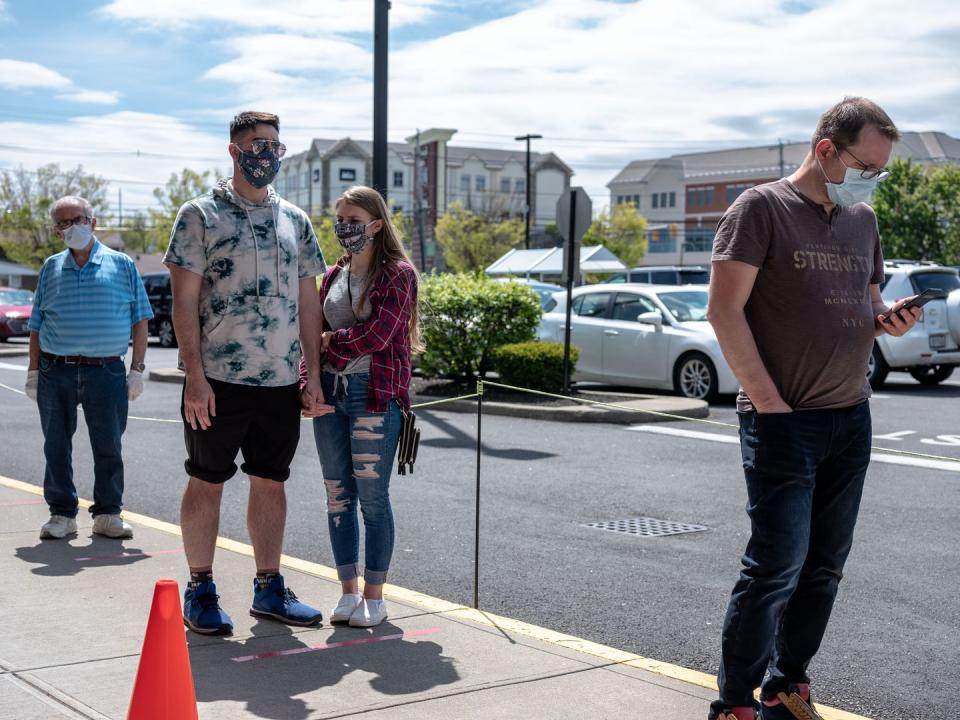
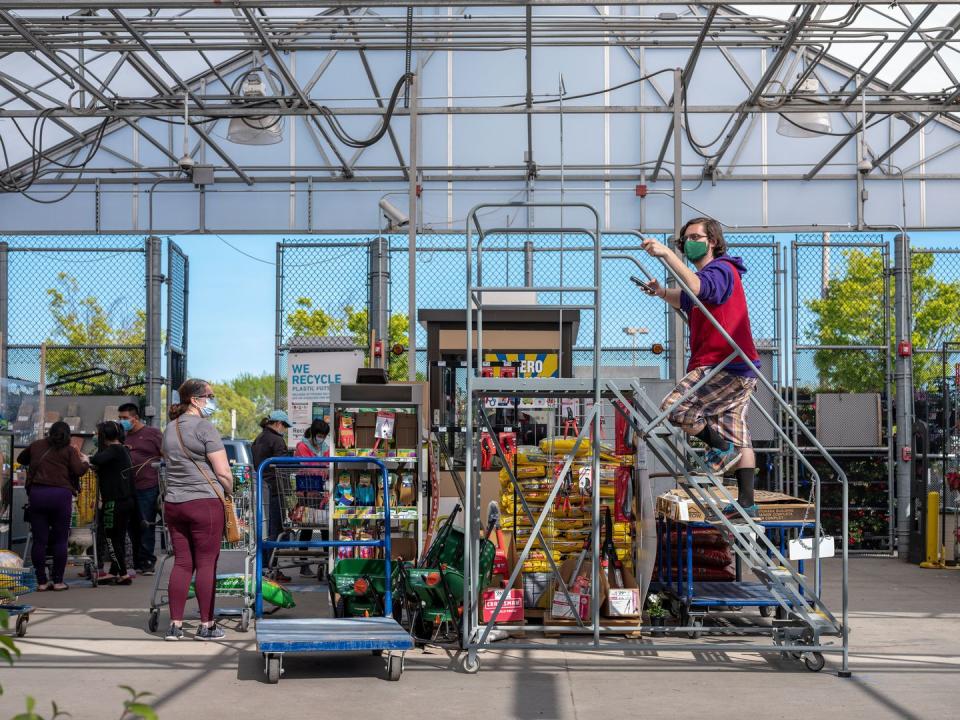
Brian Ulrich is a Providence-based artist and educator, teaching photography at RISD. His forthcoming book, The Centurian, will be published later this year by FW: Books.


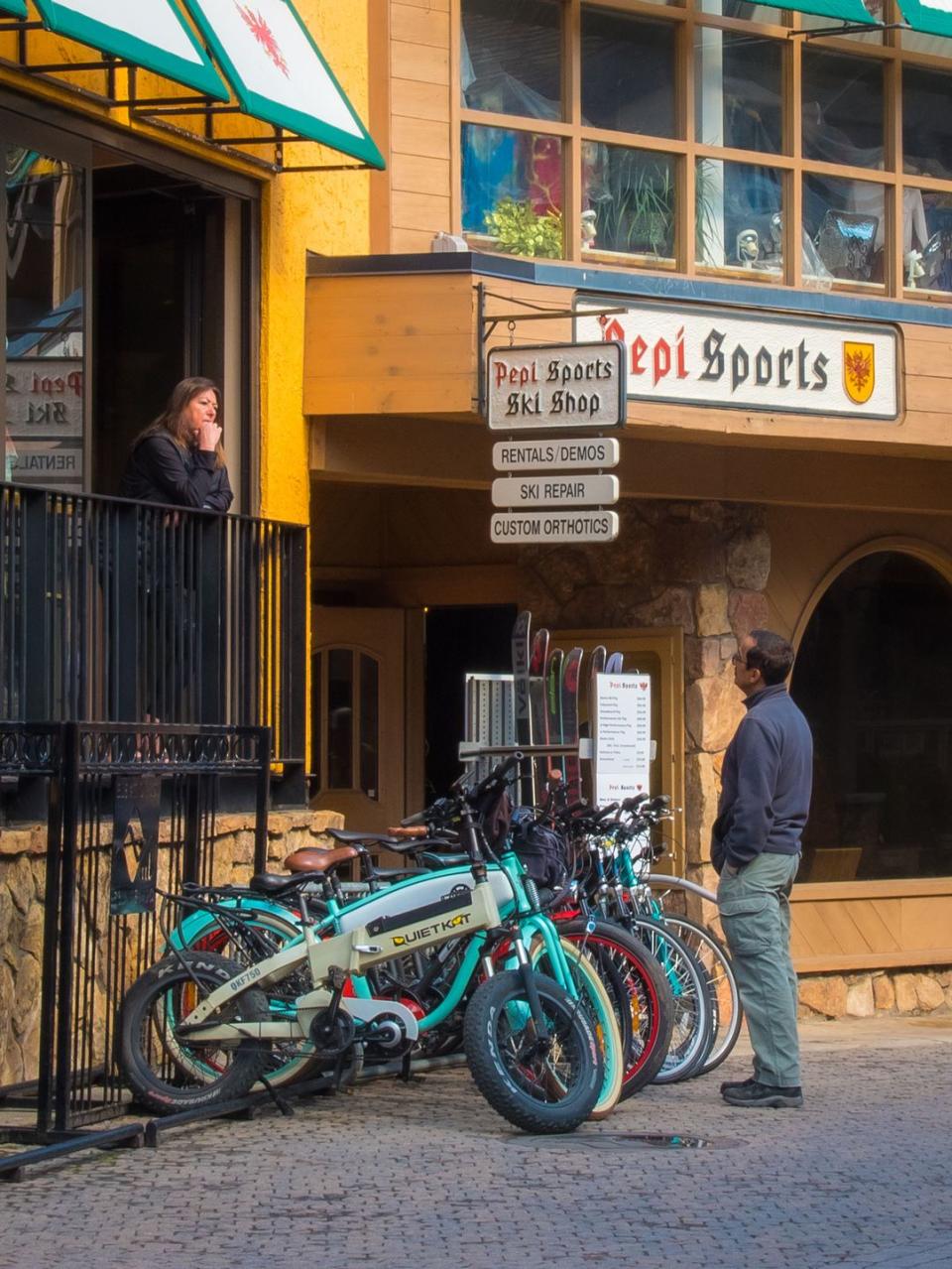
John Plack is the senior communications manager at Vail and Beaver Creek Resorts. He is a veteran Navy helicopter pilot and former White House staffer.

On Monday, May 11, I ventured to the downtown area to visually take stock of how my community is faring. Most stores are shuttered, and “For Rent” signs hung in the windows of many restaurants and other businesses.
Very few people were out in public. The Omni Hotel, a usually bustling location on the downtown mall, was closed, and I saw white sheets covering in-progress renovations in the lobby. I wandered down to the park where the Robert E. Lee statue still stands and found a lone homeless man napping in the otherwise quiet park. —M.E.
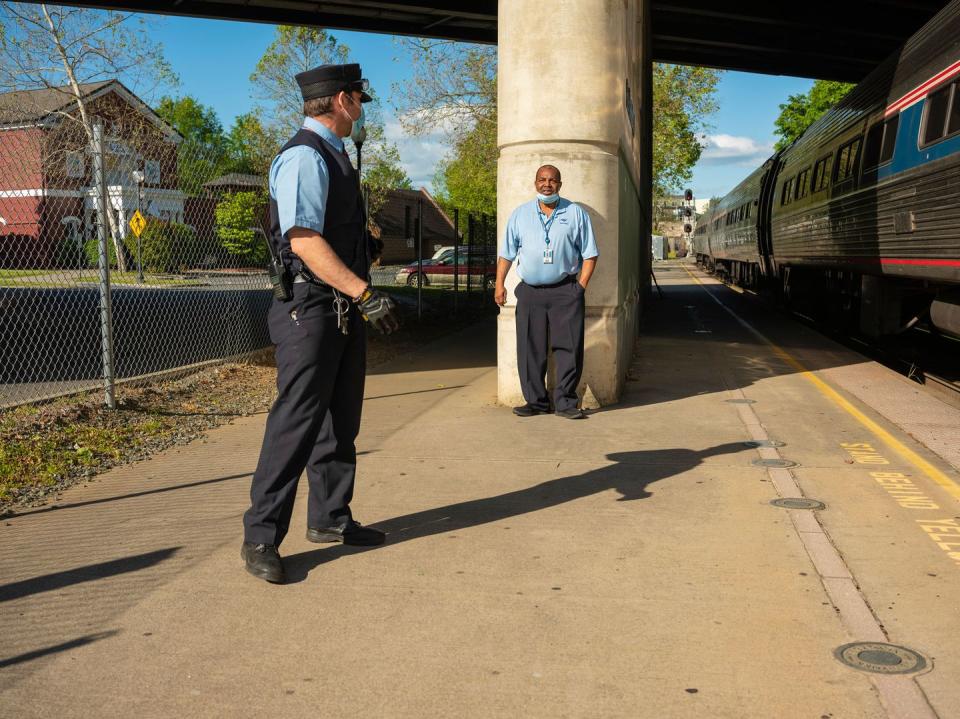
Matt Eich is a photographic essayist working on long-form projects related to memory, family, community, and the American condition. He lives in Charlottesville.



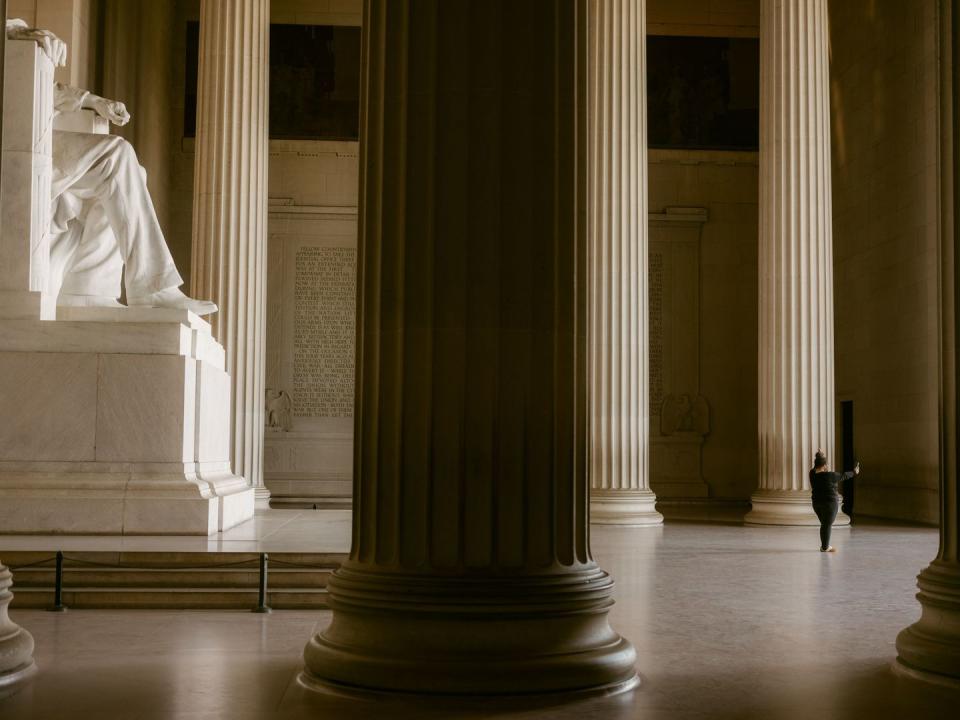

Based in Washington, D.C., working across North America and beyond, Jared Soares uses portraiture and long-form essays—often through the lens of sports and subcultures—to create projects based around community and identity.

Guntersville, Alabama, the Marshall County seat, was founded as a salt-mining town by John Gunter in 1854. The main street, Gunter Avenue, is a mix of law firms, hair salons, antique stores, a few restaurants, and—in the beautiful New South—a loft fitness studio with yoga and Pilates classes. I walked past Barnes Barber and called the number on the door, asking if I could snap a few photos. In the midst of the pandemic, I walked in as a stranger and was treated like a friend as they celebrated life going on, with a few new precautions. —T.H.
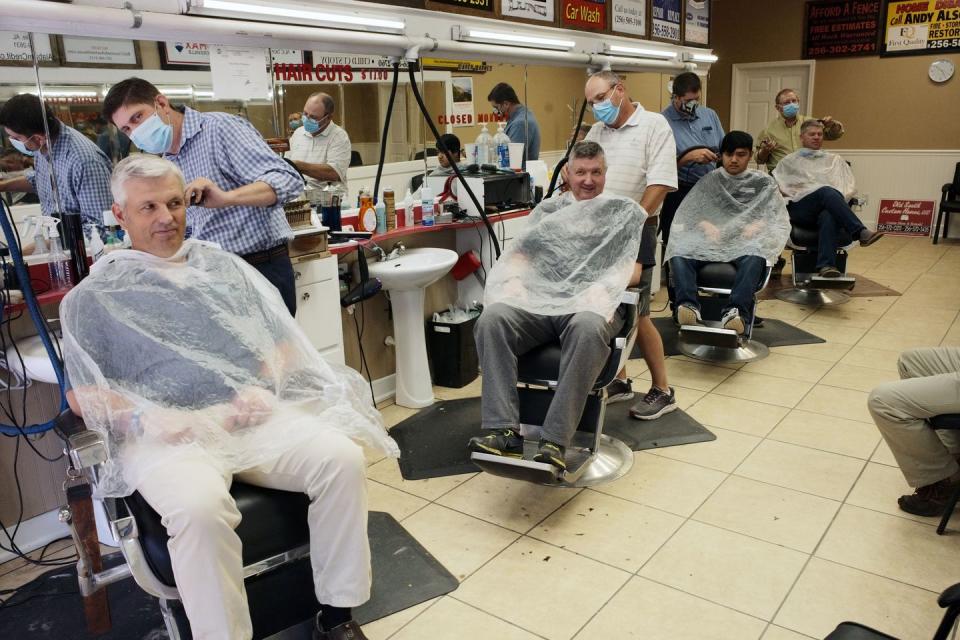
Taylor Hill is based in New York City, hailing from Huntsville, Alabama. From Google to Governors Ball, his work to maximize image quality and media coverage can be seen nationally and internationally.

Walking around gave me a mild sense of anxiety due to the uncertainty of the situation. The lack of people, cars, and noise during rush hour in Chicago is a very surreal experience. But it wasn’t completely empty. You could still catch glimpses of people doing what they could to get by and stay sane during shelter-in-place. People hanging out of their windows to get fresh air. Delivery people outside local shops waiting to pick up food for families. Little signs and symbols around the city to remind people that this is temporary. —N.A.
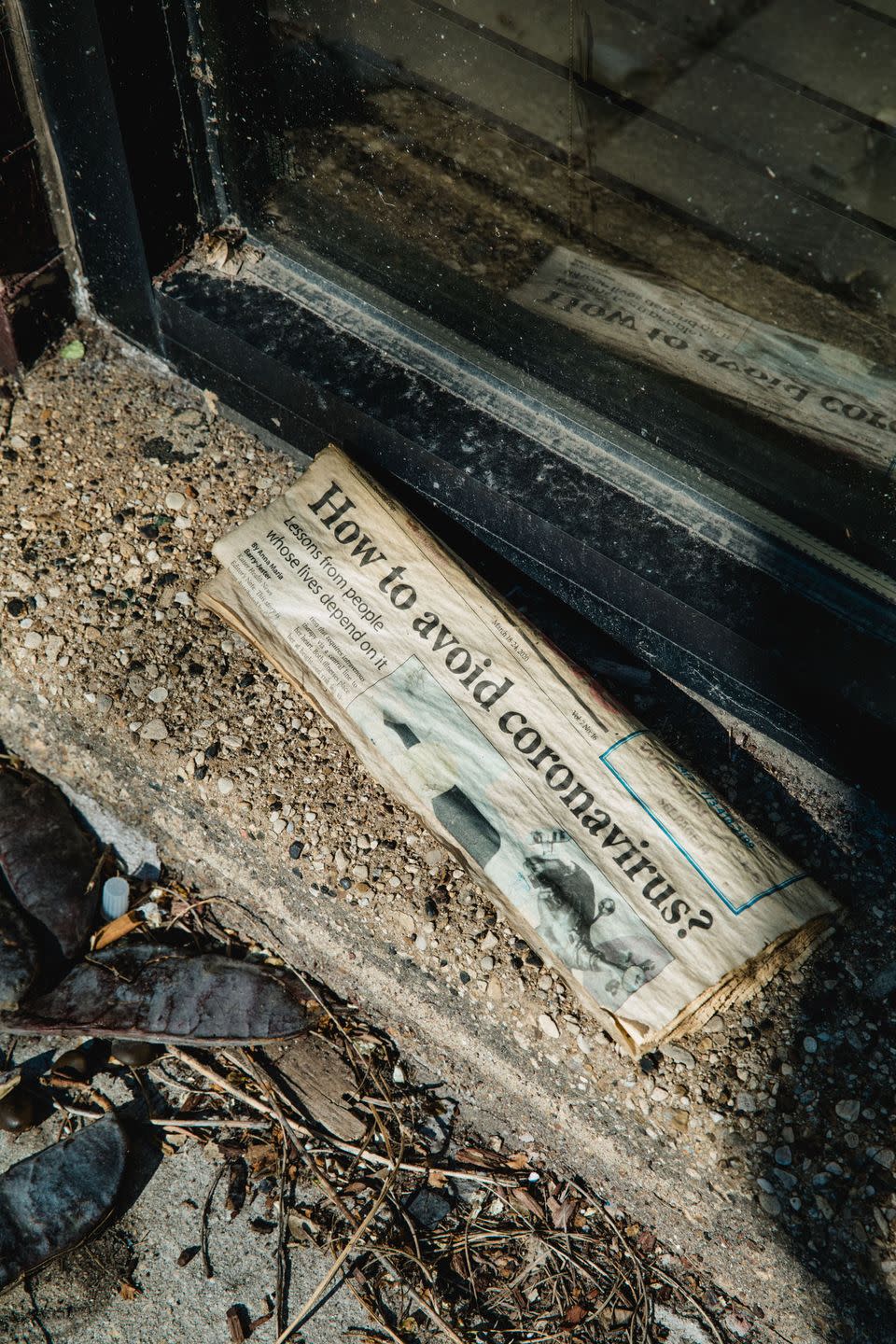

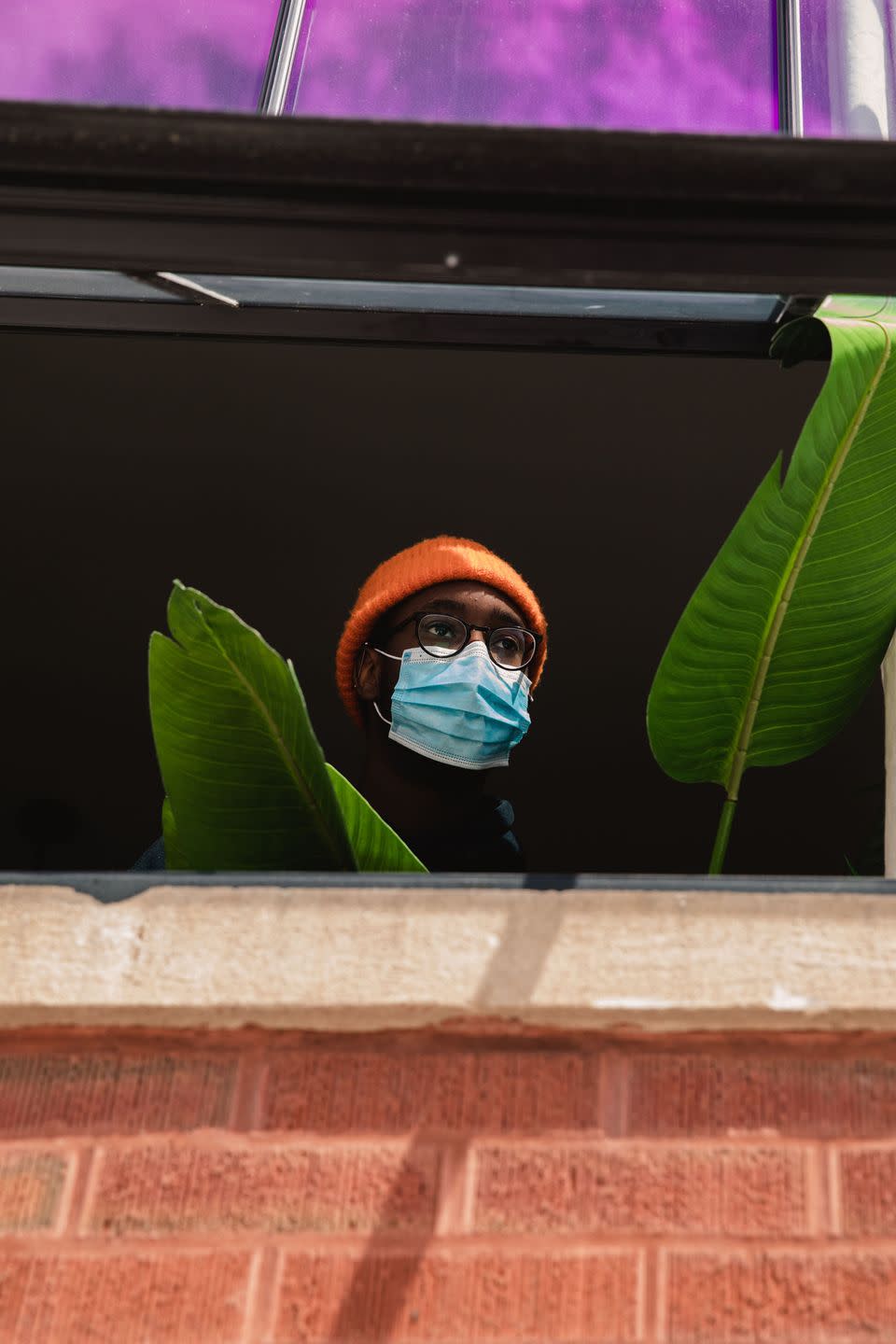
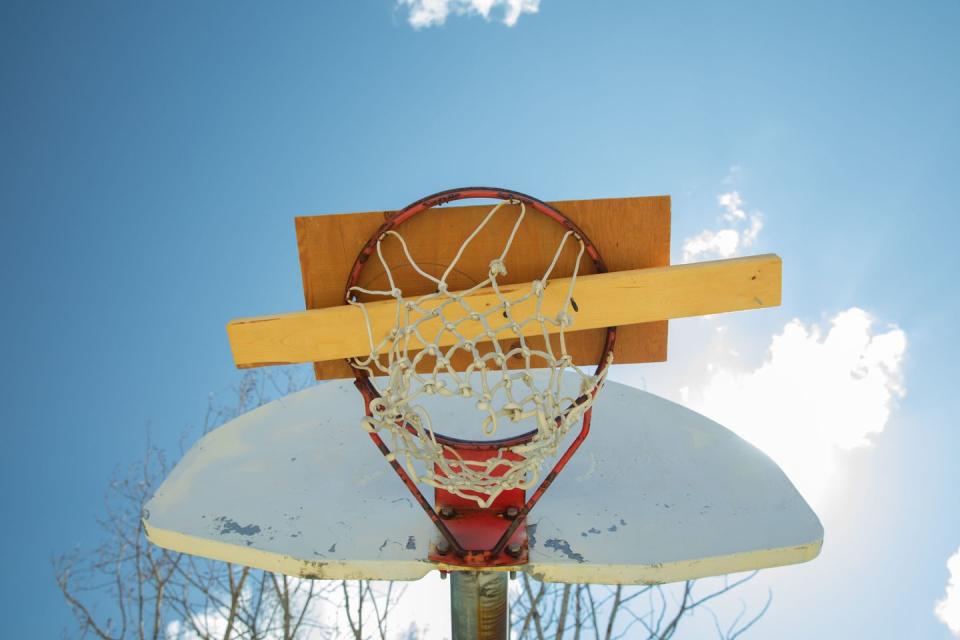
Nolis Anderson was born in Chicago. When not on assignment, he explores his hometown, capturing candid moments and the architecture of his city.





Tony Luong is a photographer based in Boston. Clients include Architectural Digest, The Atlantic, Bloomberg Businessweek, National Geographic, The New Yorker, The New York Times, Airbnb, IBM, and New Balance.

In Livingston, pretty much every downtown business—other than Riverside Hardware, which has experienced a slight uptick in traffic—is having a tough time and has had to make heart-wrenching changes in the past six weeks. None of us know where we’re headed or if we’ll bounce back to what we were—but there are a few signs of hope. —L.D.
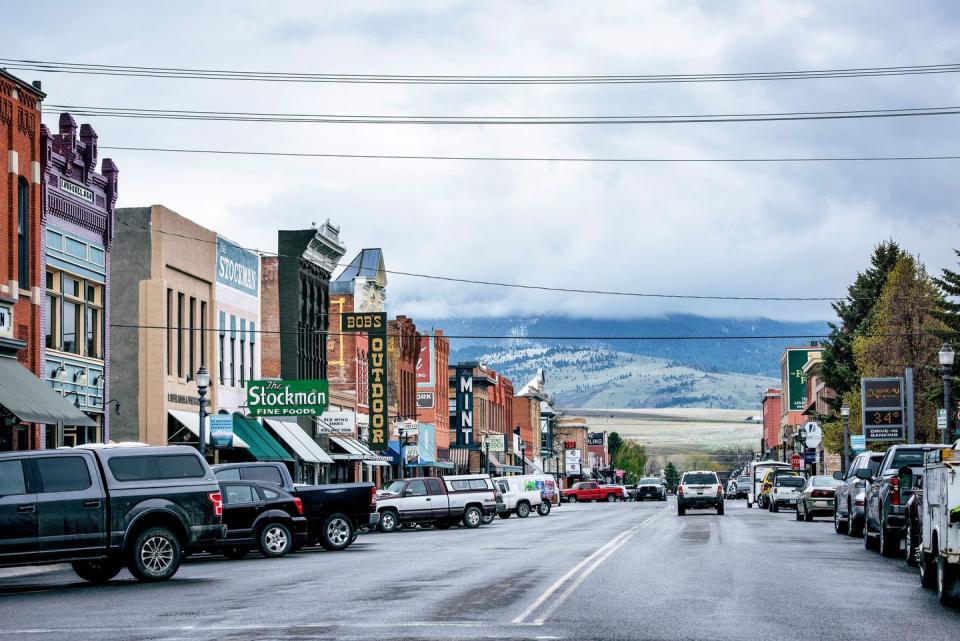

Lynn Donaldson is a fourth-generation Montana farm girl raised on land her great-grandparents homesteaded. She feels lucky to have found a balance between being based in Montana and shooting for clients all over the world.

Once a week I venture into town to get groceries and household supplies. Although Hawaii has mandated that all grocery-store customers wear masks, tensions are still extremely high. People are usually rushing through the aisles and avoiding one another’s gaze. Everyone appears to be afraid of everyone else. When walking through my favorite areas, like Ala Moana Boulevard or Liliha Street, I see the impact of the pandemic—businesses shuttered completely or opened by appointment or for takeout only. Beaches are closed, parks gutted, and foot traffic is almost nonexistent. —G.V.
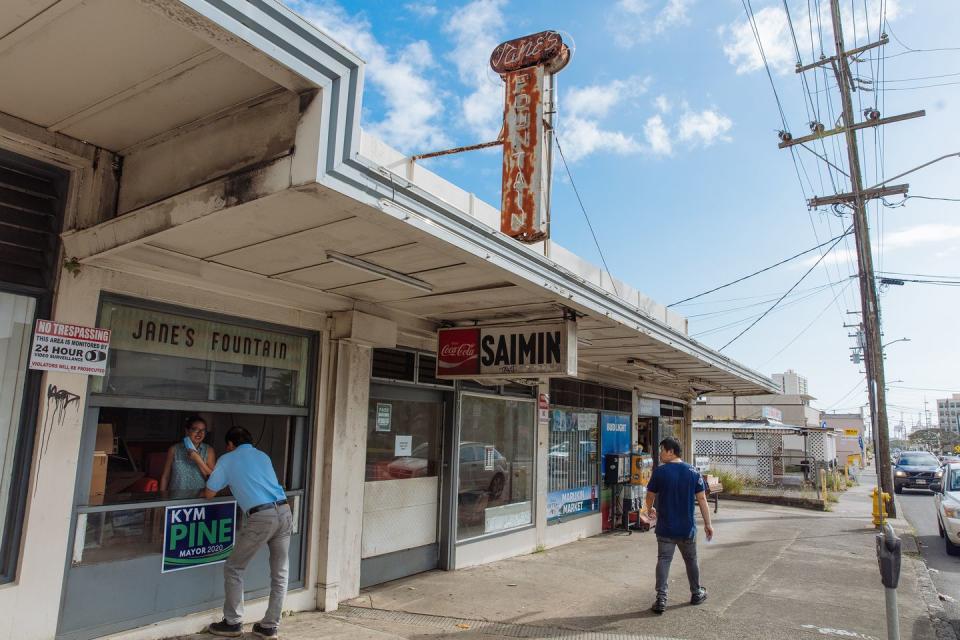

Gioncarlo Valentine is from Baltimore and is currently based in New York. His photography focuses on issues faced by marginalized populations, particularly the experiences of Black/LGBTQIA+ communities.







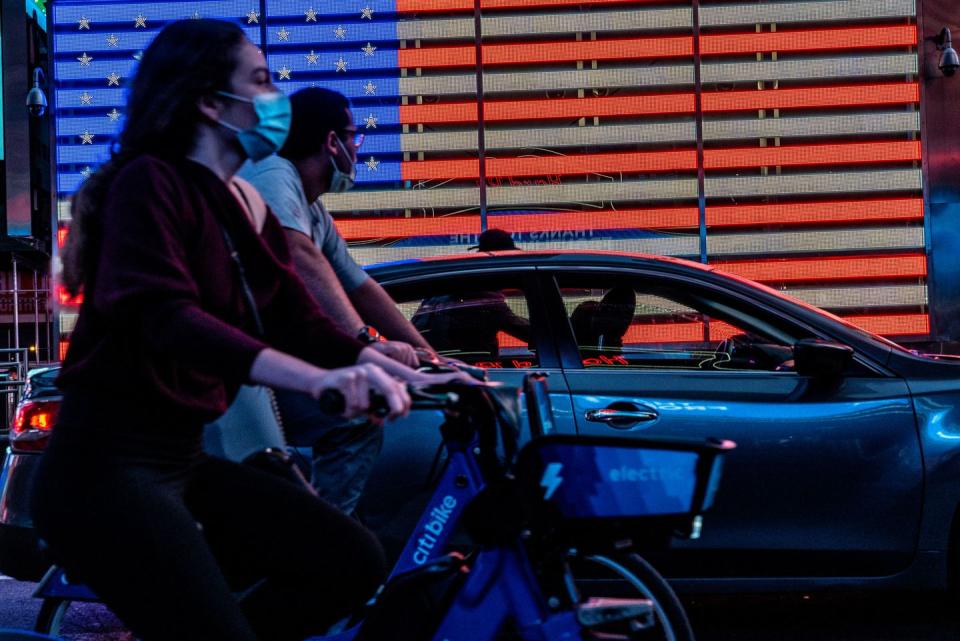
Mark Peterson is a widely published American photographer based in New York City. He is the author of the book Acts of Charity.
You Might Also Like

